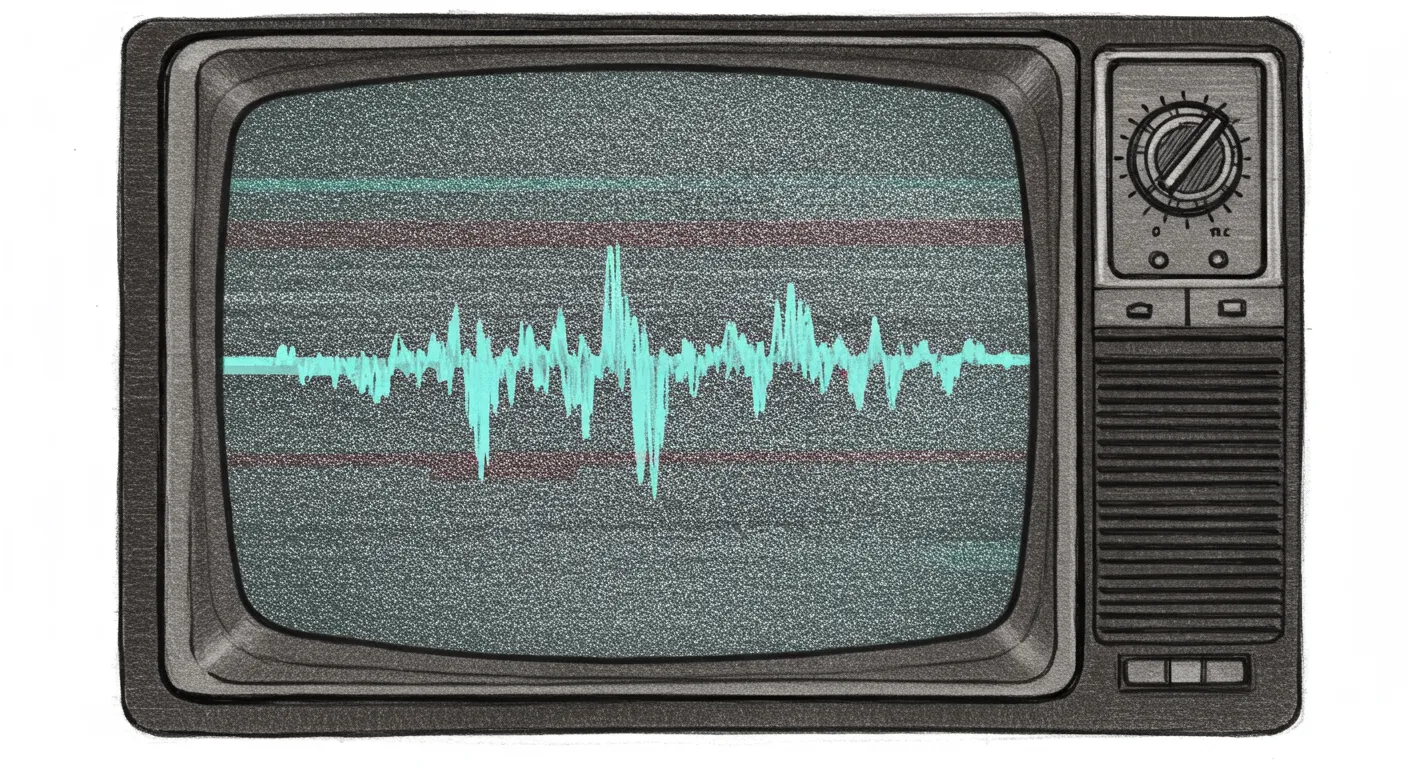In the early days of personal computing, before broadband and wireless networks, technology enthusiasts found ingenious ways to transfer digital data through the most unexpected medium: television broadcasts. Online commentators recently reminisced about a fascinating era when computer programs could be downloaded directly through TV screens and audio signals, revealing a remarkably creative period of technological innovation.
The conversation illuminated how British and American computer hobbyists used various creative methods to transfer software. In the United Kingdom, shows like "4 Computer Buffs" would broadcast programs that could be captured by home computers using specialized hardware, like photo diodes attached directly to television screens. These broadcasts were essentially early versions of digital transmission, operating during prime evening news hours when most viewers were tuned into other channels.
Technical details emerged that showcased the ingenuity of early computer enthusiasts. Some systems used white scanlines on black backgrounds to store data, while others leveraged the higher resolution of luminance (intensity) signals in television broadcasts. Computers like the BBC Micro had specialized audio input sockets that allowed users to record programs from television or radio onto cassette tapes, creating a rudimentary but functional data transfer method.
The discussion also highlighted how this technology wasn't just a niche experiment but a widespread phenomenon. Multiple online commentators shared memories of similar practices in different regions, suggesting a global community of tech pioneers experimenting with data transmission. From acoustic coupling of tape decks to specialized video interface cards, these methods represented a DIY approach to computing that seems almost unimaginable in today's plug-and-play digital landscape.
Interestingly, the technology didn't completely disappear with the advent of modern computing. One commentator noted that TiVo used similar video-encoded data transmission for guide updates from 1999 to 2016, showing that the fundamental concept remained viable well into the digital age. These historical snapshots reveal not just technological limitations, but the remarkable creativity of early computer enthusiasts who saw potential where others saw mere television static.


